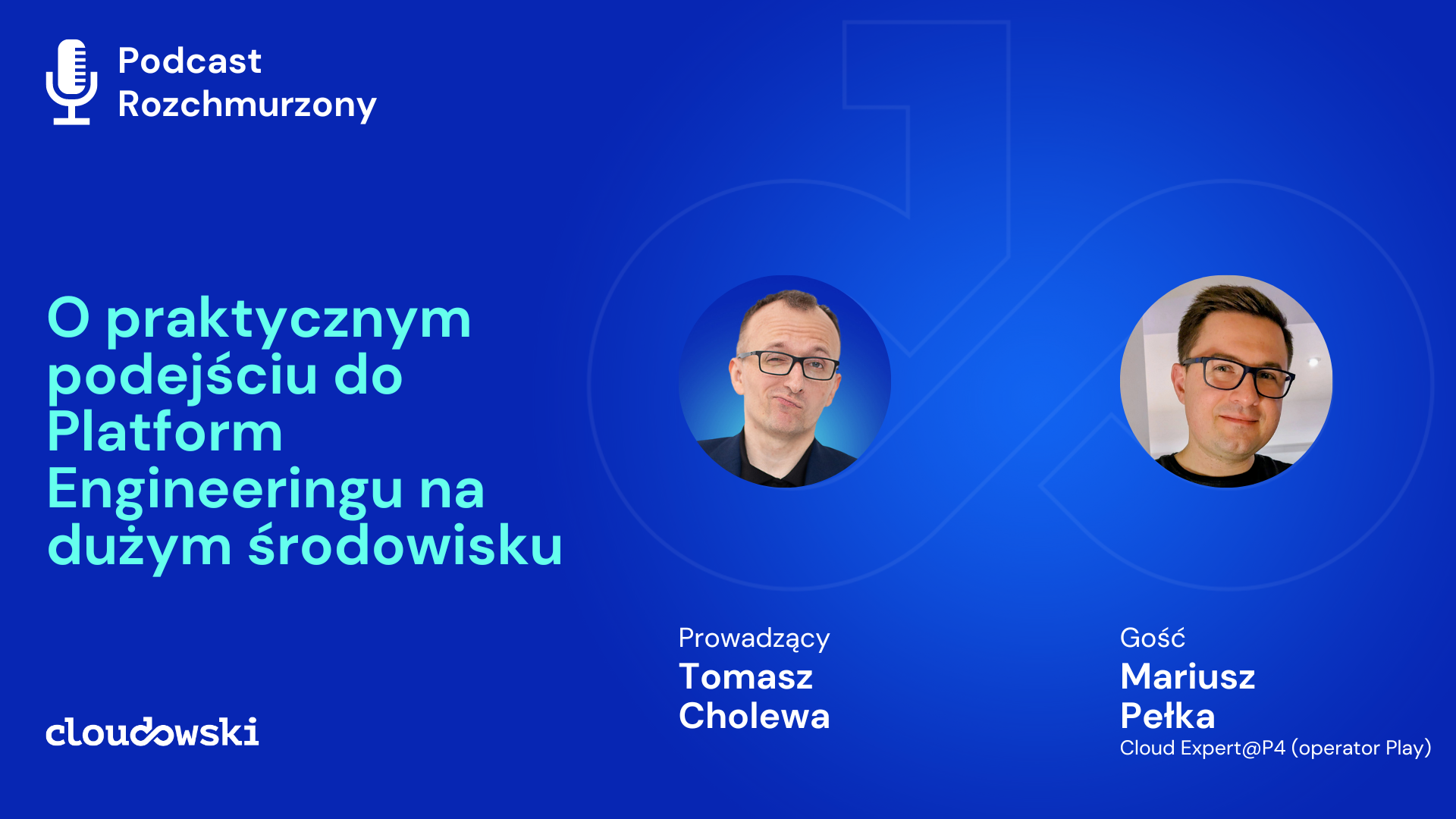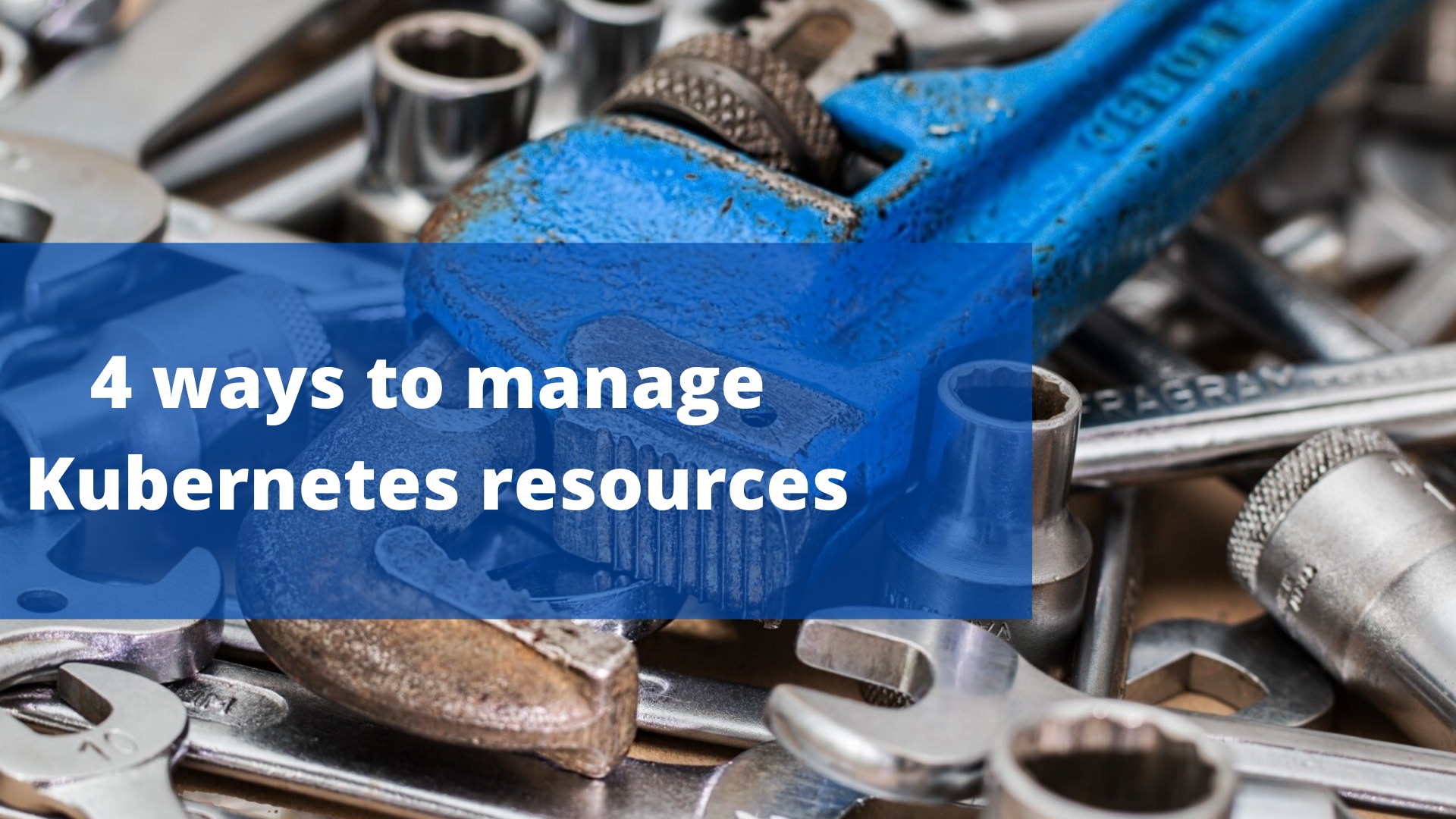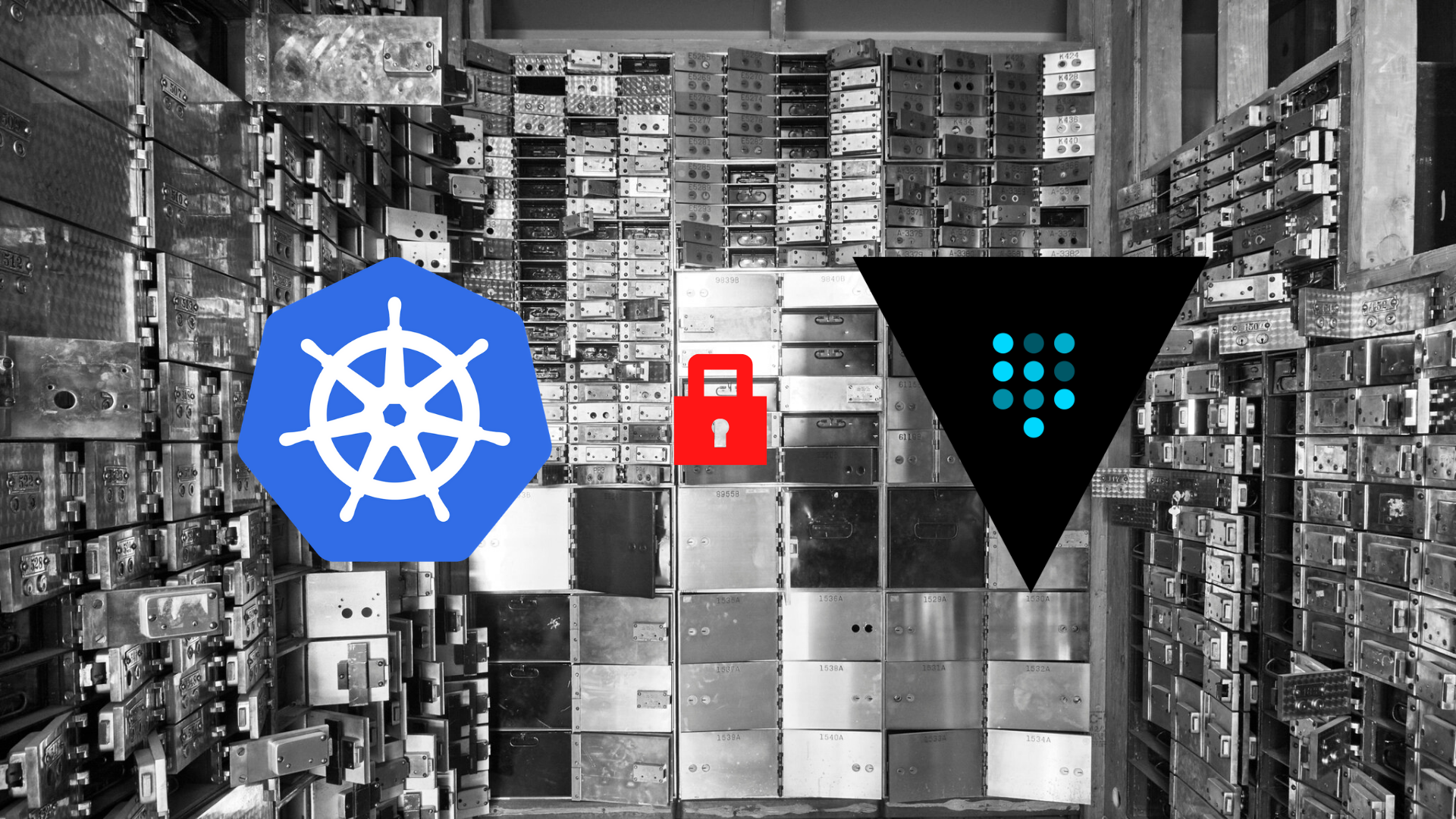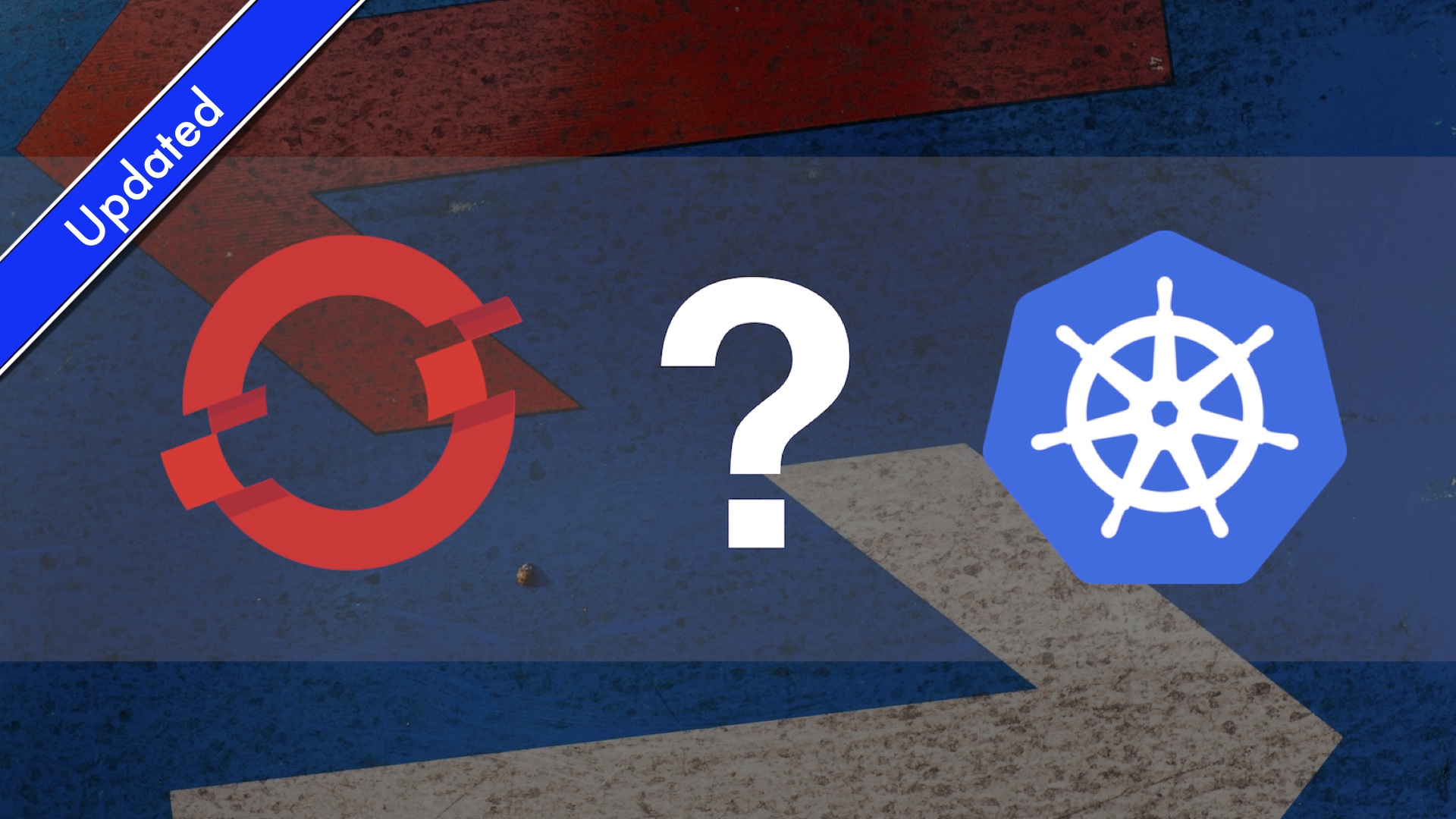Możesz chodzić na konferencje, czytać dokumentacje i snuć plany, ale dopiero praktyczne użycie rozwiązań usprawniających wdrożenia aplikacji pozwala na potwierdzenie realnej przydatności nowych technologii.I o tym rozmawiam z moim gościem tego odcinka – Mariuszem Pełką z P4 (operatora sieci Play). Nie ukrywam, że znam Mariusza z projektu, gdzie współpracowaliśmy nad budową platformy opartej na kontenerach, […]
Newsletter #65 – Coraz mniej dystrybucji Kubernetes i niektórzy z niego rezygnują
Wciąż moje główne zajęcie to tworzenie kursu, ale znajduję też czas na bycie na bieżąco z nowościami i ciekawymi projektami. Dzisiaj porcja tego co zwróciło moją uwagę ostatnio z moimi komentarzami. Lżejsze Istio Ambient nadchodzi Minęło już kilka miesięcy odkąd omawiałem na jednym z wydarzeń LIVE ciekawą, nową funkcję Istio Ambient. Pozwala ona zredukować zużycie […]
Newsletter #60 – Czym jest IDP i dlaczego Cilium wymiata
Koniec tego szaleństwa. Chodzi o tryb przedsprzedaży, z którego wychodzę i powracam do standardopwego trybu publikowania treści.Dzisiaj standardowa porcja informacji ze świata Cloud Native. Styczeń się już skończył, niedługo Walentynki, później Wielkanoc, wakacje i oby do Bożego Narodzenia. Przedsprzedaż zakończona – zaczynam realizację kursu Udało się – liczba sprzedanych dostępów w przedsprzedaży pozwoli mi zrealizować […]
Newsletter #50 – Interesujące nowości dla Kubernetes od Microsoft
Rzadko piszę o Microsoft, a w końcu to olbrzymi gracz na rynku cloudowym (podobno drugi, tuż za AWS). Tak się składa, że ostatnio wypuścili garść ciekawych nowości dla swojego Kubernetesa, czyli AKS. To cieszy, bo oznacza, że Ci którzy korzystają z chmury Microsoftu nie zostaną w tyle za EKS czy moim ulubionym GKE. Wiem, że […]
Which Kubernetes distribution to choose for on-prem environments?
Most people think that Kubernetes was designed to bring more features and more abstraction layers to cloud environments. Well, I think the biggest benefits can be achieved in on-premise environments, because of the big gap between those environments and the ones that can be easily created in the cloud. This opens up many excellent opportunities […]
4 ways to manage Kubernetes resources
Why Vault and Kubernetes is the perfect couple
The (not so) secret flaws of Kubernetes Secrets When you’re starting learning and using Kubernetes for the first time you discover that there is this special object called Secret that is designed for storing various kinds of confidential data. However, when you find out it is very similar to ConfigMap object and is not encrypted […]
How to build CI/CD pipelines on Kubernetes
Kubernetes as a standard development platform We started with single, often powerful, machines that hosted many applications. Soon after came virtualization, which didn’t actually change a lot from a development perspective but it did for the field of operations. So developers became mad, and that’s when the public cloud emerged to satisfy their needs instead […]
10 most important differences between OpenShift and Kubernetes
UPDATED on 10.6.2019 (after the release of OpenShift 4.1): Added information on OpenShift 4. UPDATED on 30.8.2019: Added information on CodeReady Containers for running single OpenShift node. OpenShift has been often called as “Enterprise Kubernetes” by its vendor – Red Hat. In this article, I’m describing real differences between OpenShift and Kubernetes.
Jenkins on OpenShift – how to use and customize it in a cloud-native way
I can’t imagine deployment process of any modern application that wouldn’t be orchestrated by some kind of pipeline. It’s also the reason why I got into containers and Kubernetes/OpenShift in the first place – it enforces changes in your approach toward building and deploying but it makes up for with all these nice features that […]







